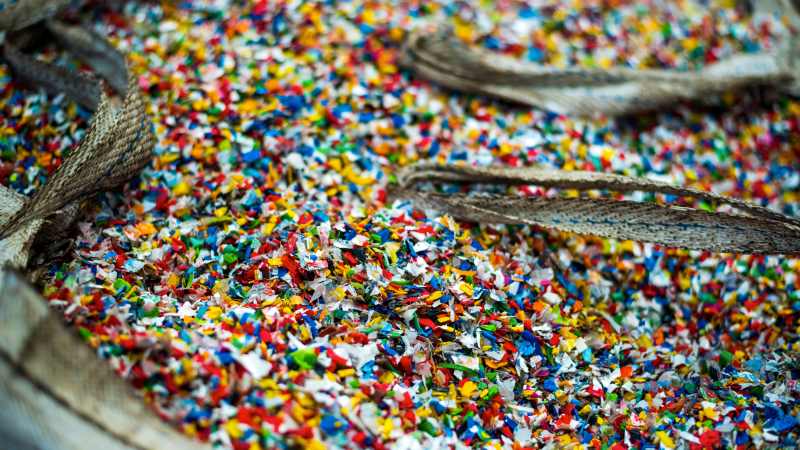Recyclers process old tires into lots of different things. While you might not see many of the products in use like tire derived fuel and rubber enhanced asphalt, some end products, like rubber mats, are common household and business items. Rubber mats are useful in many situations. When mats come from recycled tires, they help the rubber industry become more sustainable as well.
How are rubber mats made?
Some companies make mats out of rubber made from tree sap. Other companies, like rubber recycling plants, turn the millions of worn-out tires abandoned by motorists into rubber powder. This recycled powder is then melted and baked into mats of various sizes.
What are recycled tire rubber mats used for?
1. Doormats
When you think of a doormat, you may picture a black or straw mat that says welcome in big, block letters. Manufacturers make doormats out of nylon, coir, cloth, rubber, and many other materials, which offer consumers a variety of choices.
However, doormats made from recycled tires are incredibly useful and long lasting. The rubber allows makers to customize the mats with “Welcome” signs and company logos. Recycled rubber mats can be colorized to make bright doormats. Otherwise, the natural black has the advantage of not looking as grimy after wiping your shoes off on a muddy or slushy day.
2. Playgrounds
In 2001, a study for the U.S. Consumer Product Safety Commission found that, “Each year in the United States, emergency departments treat more than 200,000 children ages 14 and younger for playground-related injuries.” One of the main causes of injuries is falling from playground equipment to the ground. Rubber mats help reduce the risk of injury by providing a soft surface underneath swings, jungle gyms, and slides. Thicker molds form recycled tire mats for playgrounds to provide extra cushioning.
3. Swimming Pools
Swimming pools are also places that see their fair share of injuries. Smooth concrete surfaces next to the pool become slippery when wet, creating a significant hazard for the elderly and running children. Rubber mats make a surface softer. Furthermore, textured rubber makes a slippery sidewalk into a walking surface with much more friction.
Lining an entire pool with rubber mats can be excessive, though. Instead, identify the most accident-prone areas and put mats there. These might include:
- Stairs
- The entrance and exit to the pool (most likely to be wet)
- Any non-flat surfaces such as ramps and bridges
- The children’s pool area
4. Wrestling Gyms
Wrestlers require a soft and forgiving surface to train and compete safely. Rubber mats are perfect for wrestling studios. They are firm enough to allow wrestlers to find the grip and resistance needed in grappling but forgiving enough to minimize bruises, concussions, and broken bones. Foam mats are also a popular surface for wrestling. However, due to the nature of the material, rubber has a longer lifespan than foam and often costs less as well.
5. Childcare Centers
It’s hard to have too many rubber surfaces in a childcare center. Toddlers are constantly falling down as they find their balance, while older kids love to chase after each other in games like tag, duck duck goose, and follow the leader. If the children are playing on concrete, scraped hands and bruised knees often stop the fun just as it has begun. Rubber mats, made from recycled tires, are a cheap and effective way to provide a safer environment in a daycare facility.
6. Recording Studios
Standing on a soft surface for long periods is less tiring and jarring than on hard surfaces like concrete, asphalt, or tile. Recording studios are a perfect place for rubber mats since people often are standing for hours at a time. Rubber mats also dampen any echo effect that could interfere with music production.
7. Commercial Kitchens
Kitchen work also involves long hours on the feet. Rubber mats can make difficult conditions more manageable as well as protect chefs and waiters from slipping on an accidental spill. Make sure to place mats under sinks since these areas are prone to becoming wet and slippery. Slip and trip hazards need to be taken seriously in kitchens since falling with a pot of boiling liquid or a razor-sharp knife can have dire consequences.
Could you use a rubber mat?
Whether at home, at work, or in the gym, rubber mats make all kinds of activities safer and more comfortable. If your rubber mats are a product of tire recycling, they are also benefiting the planet. It is estimated that nearly 70 percent of natural rubber production is used in the tire industry. Using this rubber for more than tires decreases the stress on tropical ecosystems where rubber trees are grown and the amount of garbage filling up landfills. Plain rubber mats might matter more than you thought!
Video





